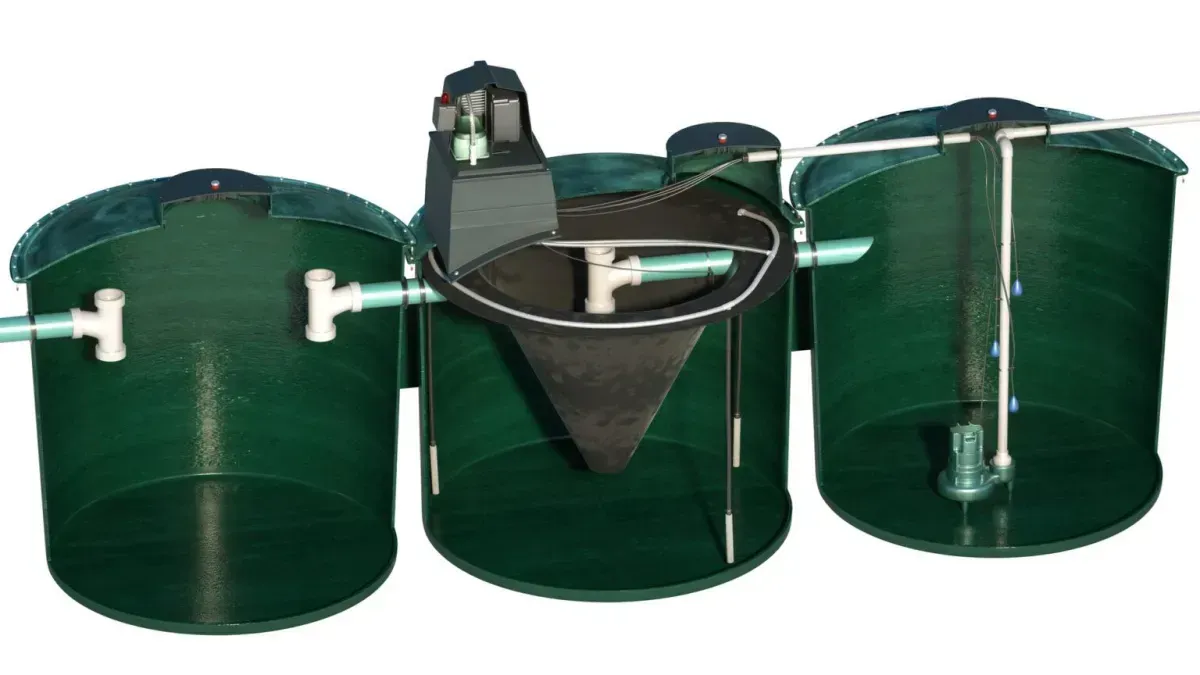
Proudly Serving: Grand Isle, Franklin & Chittenden Counties, VT and Clinton County, NY

Navigating Aerobic Septic Systems in Grand Isle County, Vermont: A Comprehensive Guide
Living in Grand Isle County, Vermont, surrounded by its picturesque landscapes and serene environment, is a dream for many. However, with the beauty of rural living comes the responsibility of managing one's septic syste.m If you're a resident in Grand Isle County or planning to move here, understanding aerobic septic systems near Grand Isle County, Vermont is crucial for maintaining a healthy environment and avoiding potential issues. In this guide, we'll delve into everything you need to know about aerobic septic systems, addressing common questions and providing essential insights.
Understanding Aerobic Septic Systems
Aerobic septic systems, also known as aerobic treatment units (ATUs), are advanced onsite wastewater treatment systems that utilize oxygen to break down organic matter more efficiently than traditional septic systems. These systems incorporate aeration mechanisms to promote the growth of aerobic bacteria, which accelerate the decomposition process, resulting in cleaner effluent.
How Do Aerobic Septic Systems Work?
Aerobic septic systems consist of three main components: a pretreatment tank, an aeration chamber, and a settling chamber. Here's how they function:
1. Pretreatment Tank: Wastewater from your home first enters the pretreatment tank, where solids settle at the bottom while grease and lighter particles float to the surface. Anaerobic bacteria begin the initial breakdown process here.
2. Aeration Chamber: In this chamber, the wastewater is aerated, introducing oxygen to support the growth of aerobic bacteria. These bacteria thrive in oxygen-rich environments and efficiently break down organic matter, further purifying the wastewater.
3. Settling Chamber: After the aeration process, the treated wastewater flows into the settling chamber, where any remaining solids settle at the bottom. The clarified effluent then exits the system for dispersal into the soil through a designated area, such as a drain field.
Common Questions About Aerobic Septic Systems
1. How often should I maintain my aerobic septic system?
Regular maintenance is crucial for optimal system performance. Generally, aerobic systems require inspection and servicing every six months to a year by a certified technician.
2. What signs indicate a problem with my aerobic septic system?
Warning signs include foul odors, gurgling sounds from drains, slow drainage, or sewage backup in your home. If you notice any of these signs, it's essential to address the issue promptly to prevent further damage.
3. Can I use household chemicals with an aerobic septic system?
While some household chemicals are safe in moderation, it's best to minimize the use of harsh chemicals, such as bleach and antibacterial cleaners, as they can disrupt the bacterial balance in the system. Opt for environmentally friendly alternatives whenever possible.
4. How can I prevent system failure?
Regular maintenance, proper usage, and avoiding overloading the system are key to preventing failure. Additionally, conserving water, avoiding flushing non-biodegradable items, and being mindful of what goes down the drains can extend the lifespan of your aerobic septic system.
5. Are aerobic septic systems environmentally friendly?
When properly maintained, aerobic septic systems can be more environmentally friendly than conventional systems, as they treat wastewater more efficiently and produce cleaner effluent. However, it's crucial to adhere to maintenance guidelines to minimize environmental impact.
Conclusion
In Grand Isle County, Vermont, understanding and properly maintaining your aerobic septic system are essential for preserving the natural beauty of the region and ensuring the health and well-being of its residents. By familiarizing yourself with how these systems work, addressing common questions, and prioritizing regular maintenance, you can enjoy the benefits of rural living without compromising on environmental responsibility. Remember, a well-maintained aerobic septic system is not just a necessity—it's a commitment to sustainable living in this idyllic corner of Vermont.

Hours:
Mon - Fri 9:00 am - 5:00 pm
Extended hours by appointment only.



All rights reserved | Privacy policy | Client Support Area
Disclaimer: Septic inspection credit is applied to septic installations only and must be redeemed within 7 days after a written quote provided upon state acceptance of design.
Disclaimer: Septic soil test credit is applied to septic installations only and must be redeemed within 7 days after a written quote provided upon state acceptance of design.